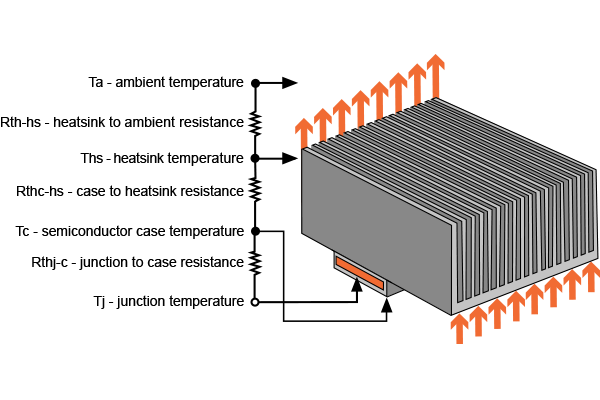I have a simple LED strip light setup as shown in the pic. the source is a trigger / switch from a accessory output port, so no issues on that end.
I need help with this:
1- Is there is suitable IC chip for this job?
2- I need to place a diode in there somewhere to keep juice from flowing backwards to the other source. Where do I place it? (yes Im fairly new to this stuff.)
3- What diode would be suitable for this?

Thanks in advance!
I need help with this:
1- Is there is suitable IC chip for this job?
2- I need to place a diode in there somewhere to keep juice from flowing backwards to the other source. Where do I place it? (yes Im fairly new to this stuff.)
3- What diode would be suitable for this?
Thanks in advance!

